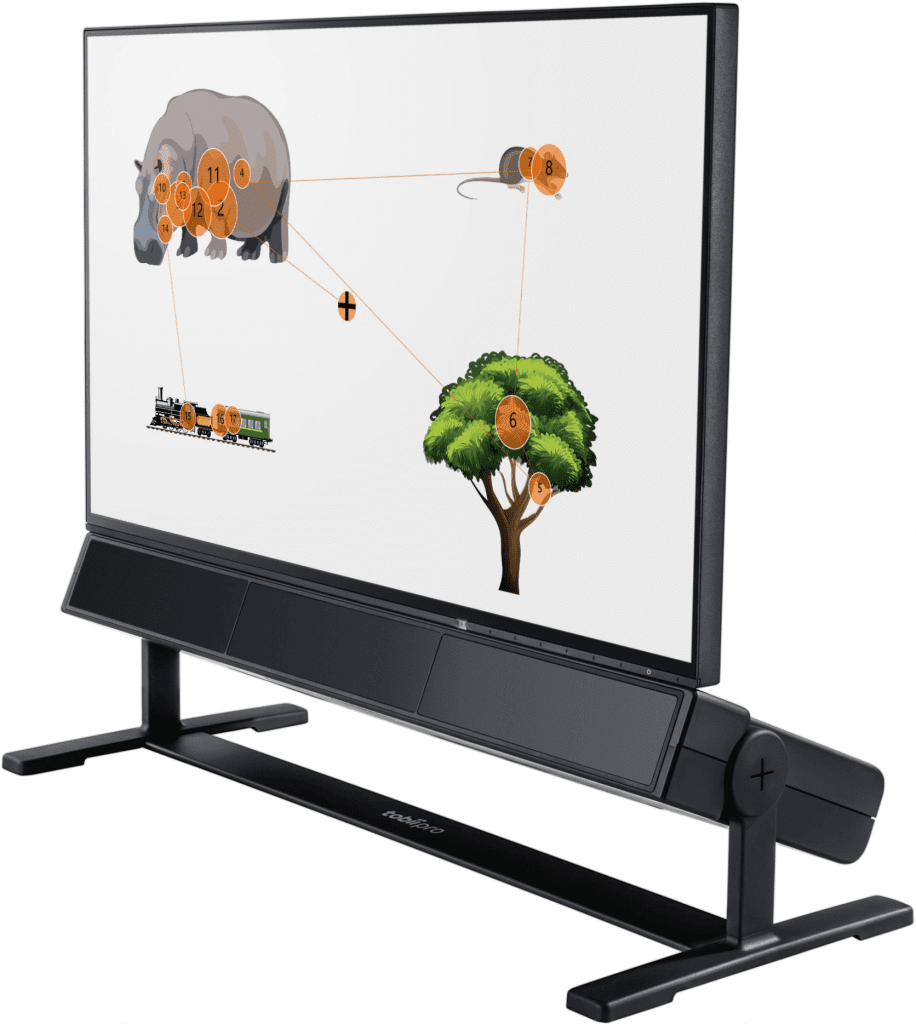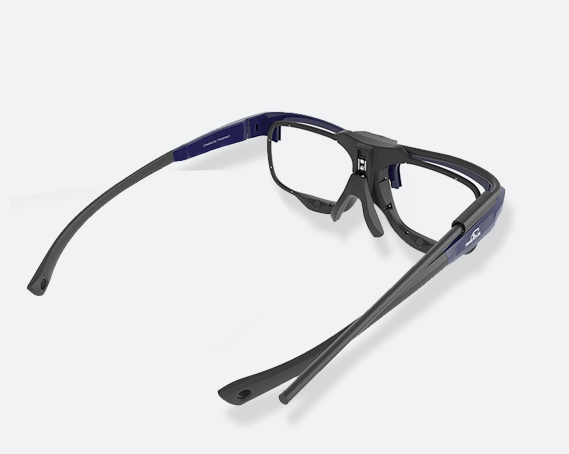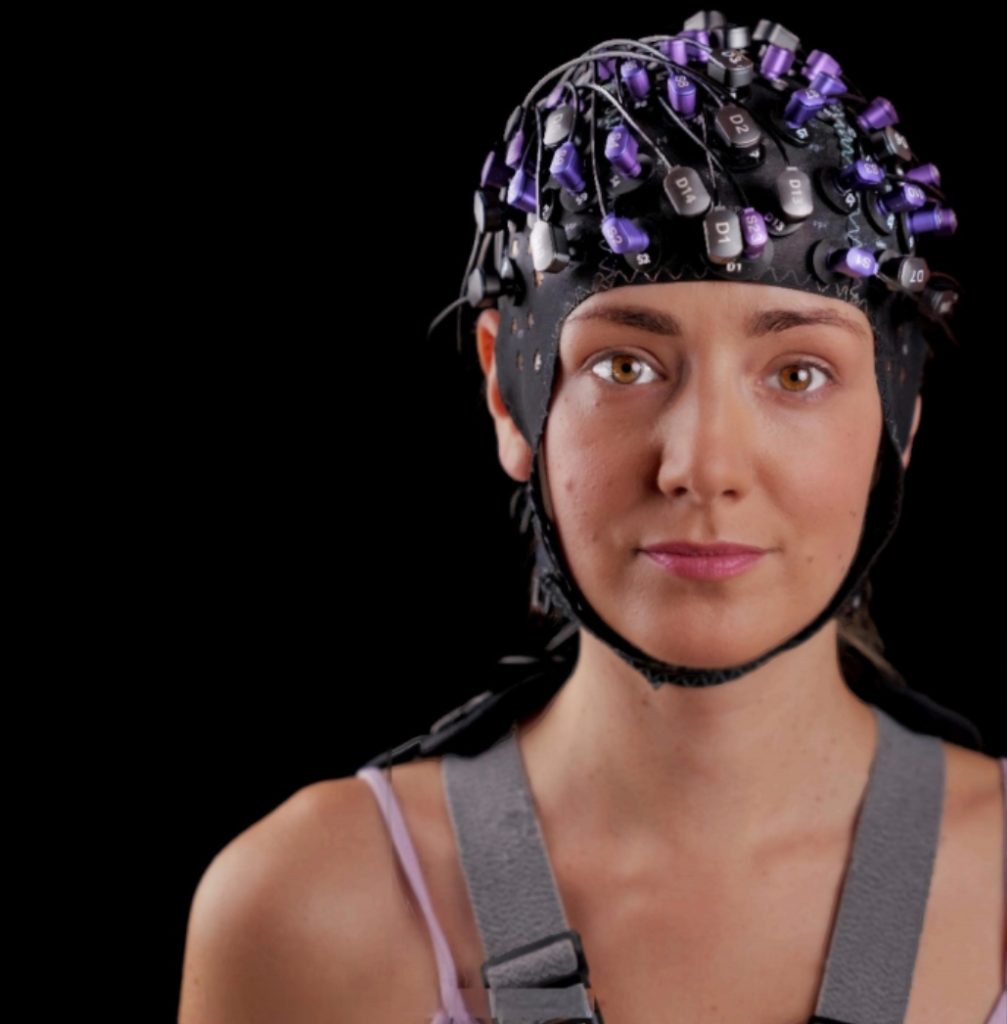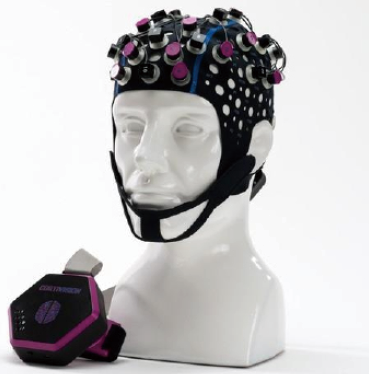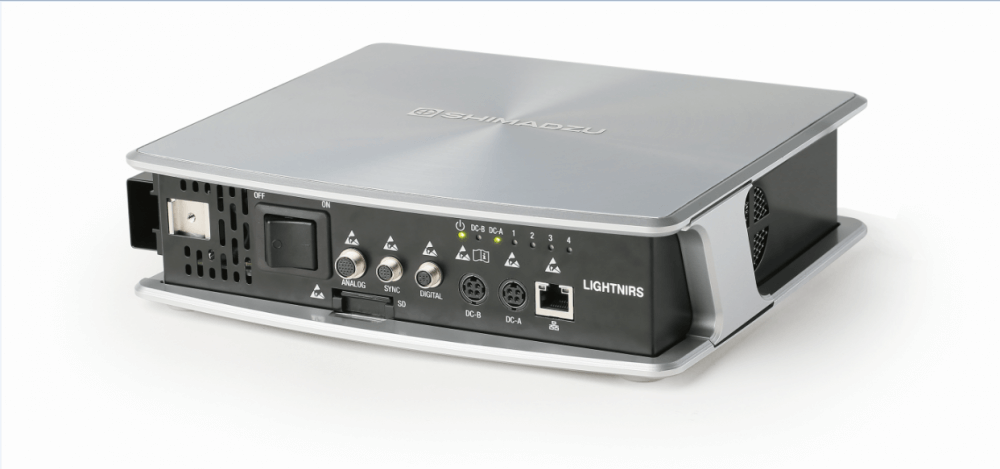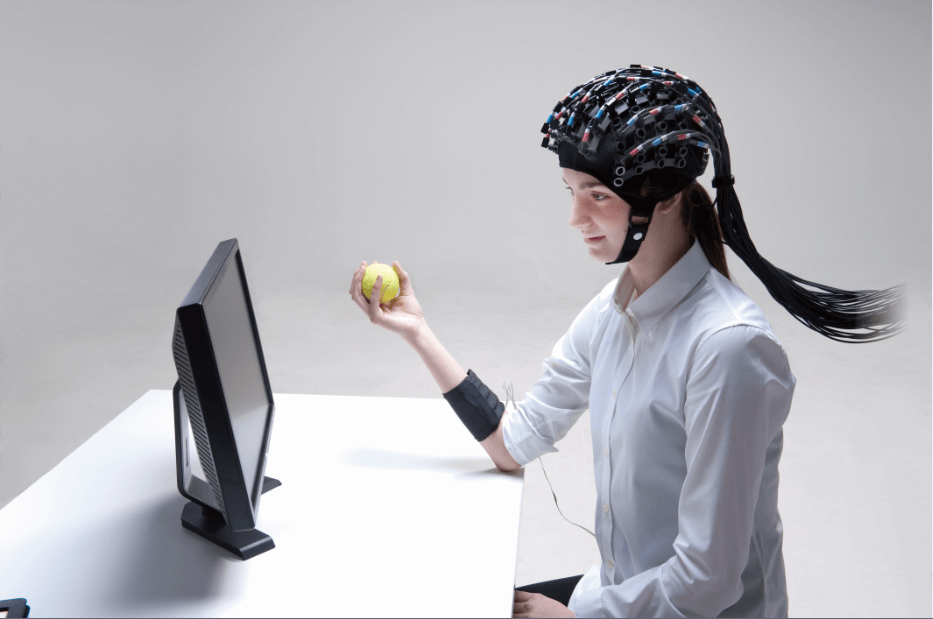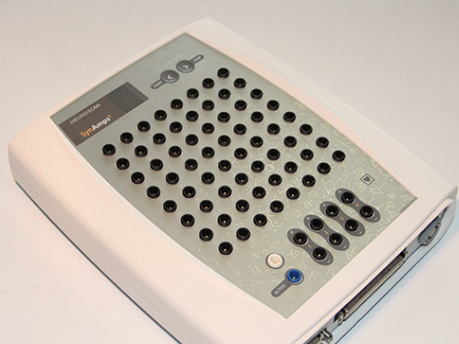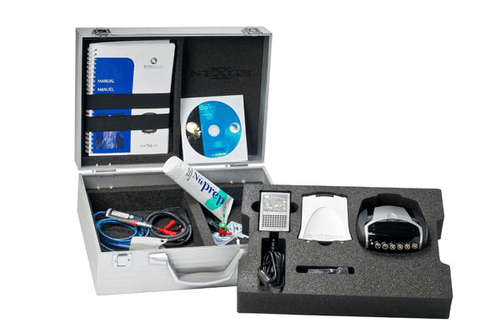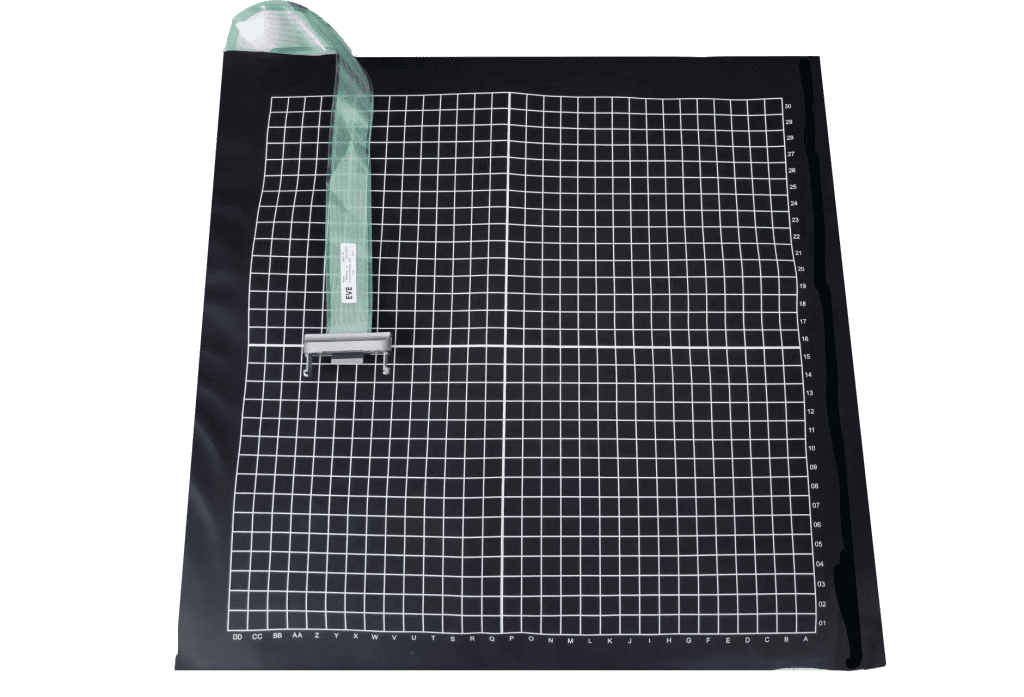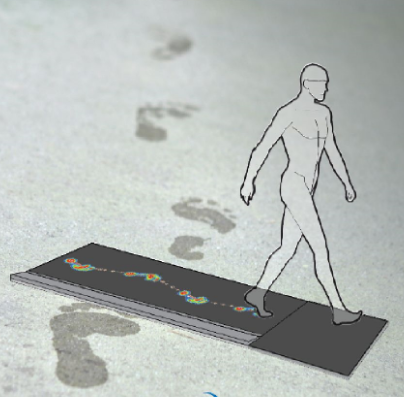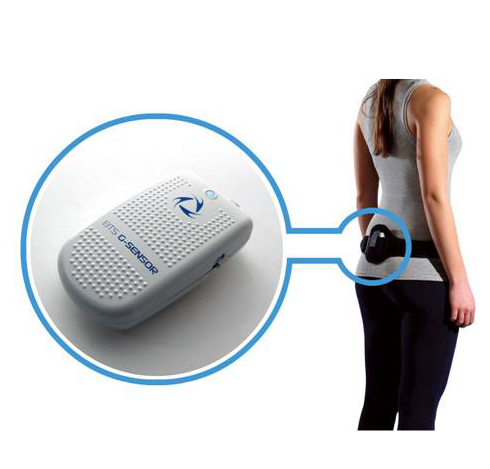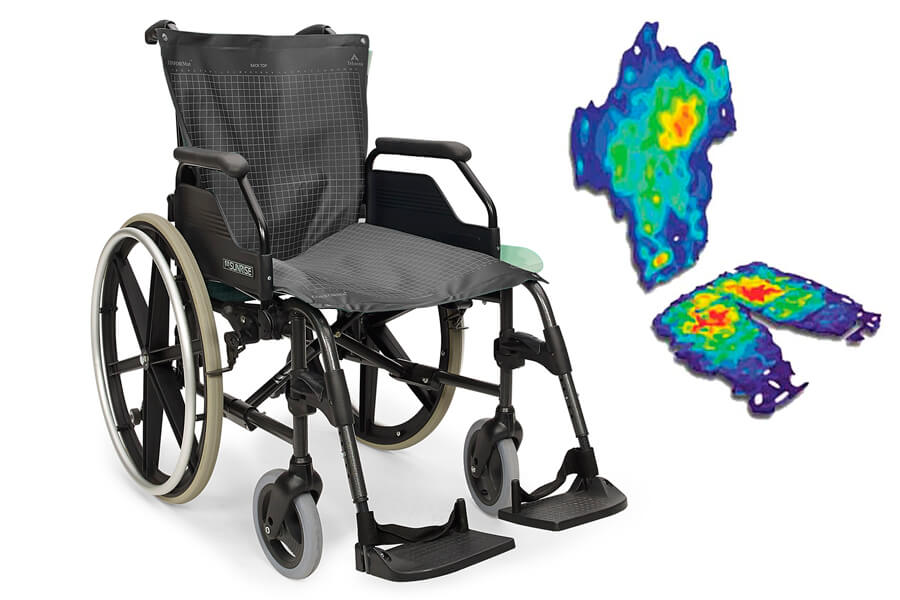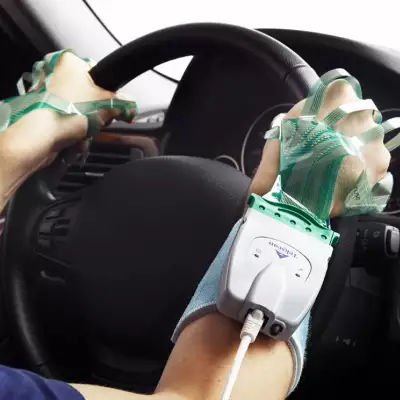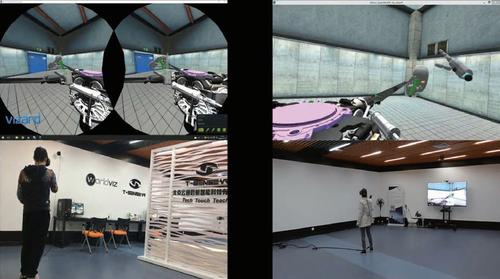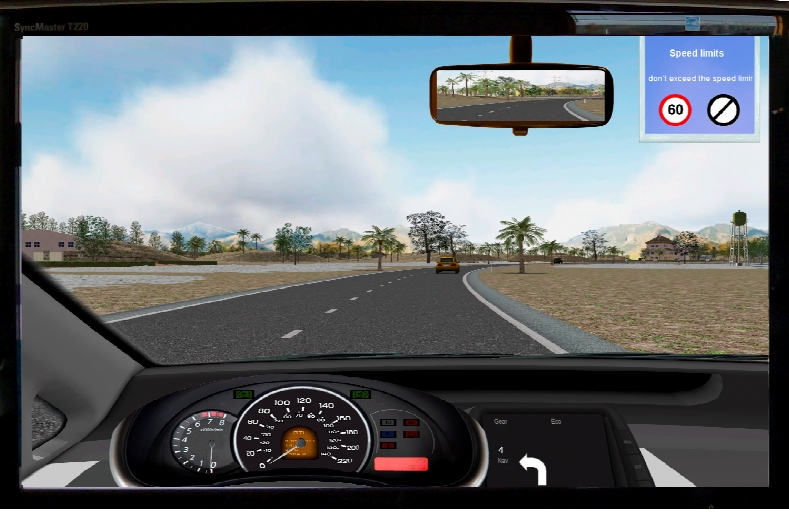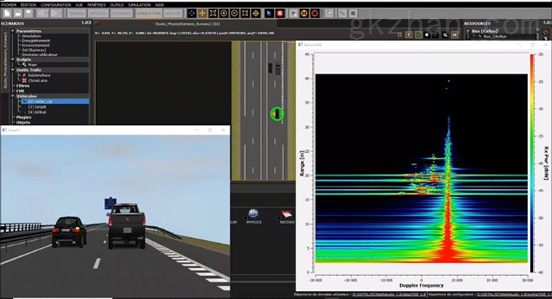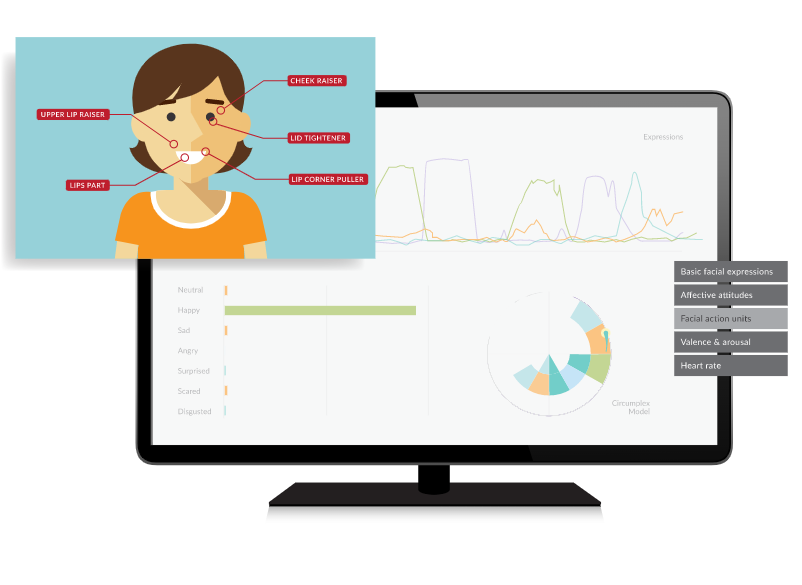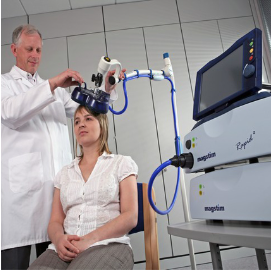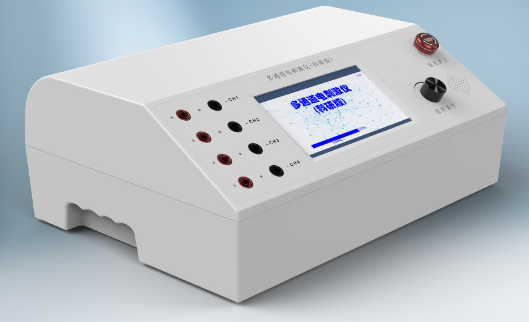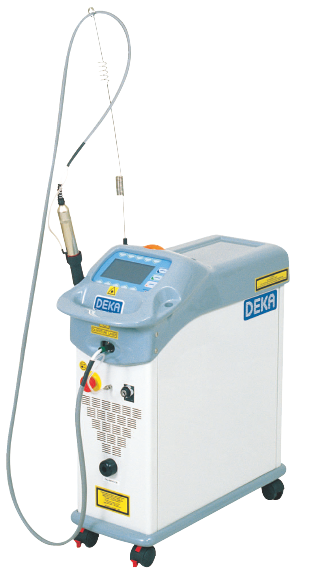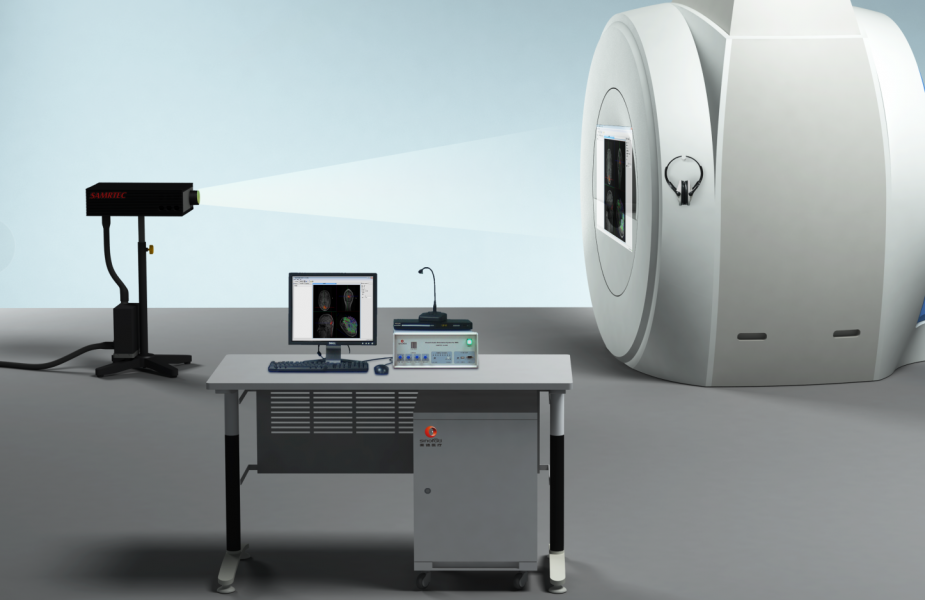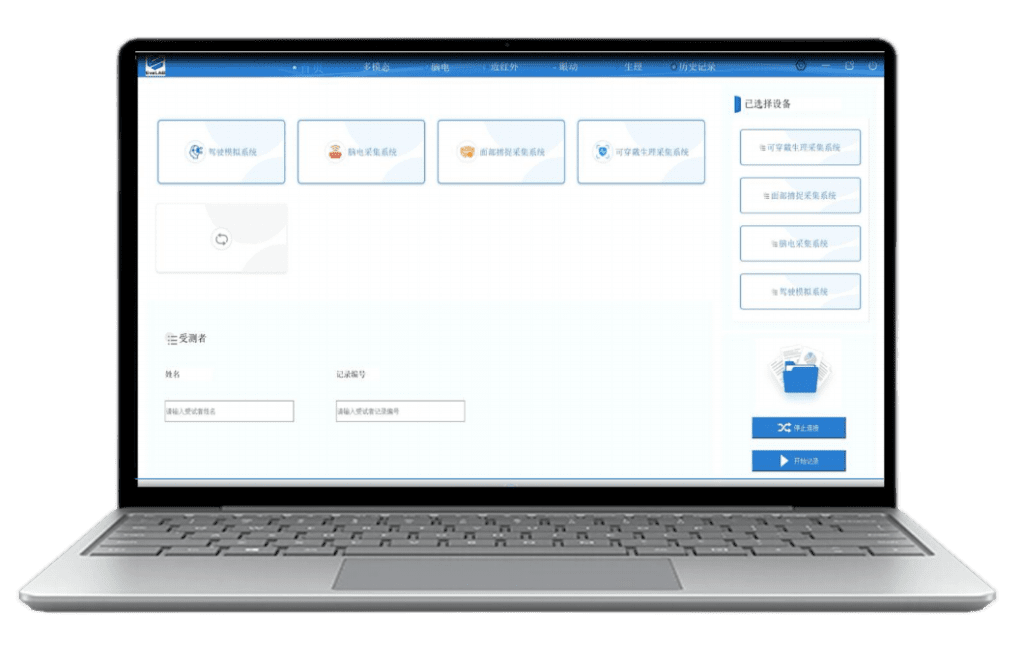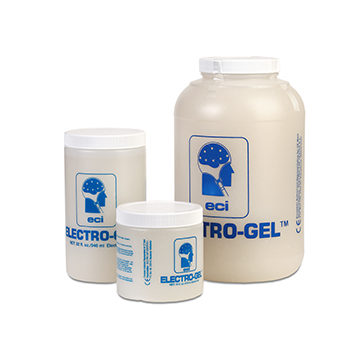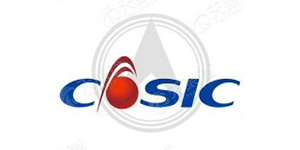


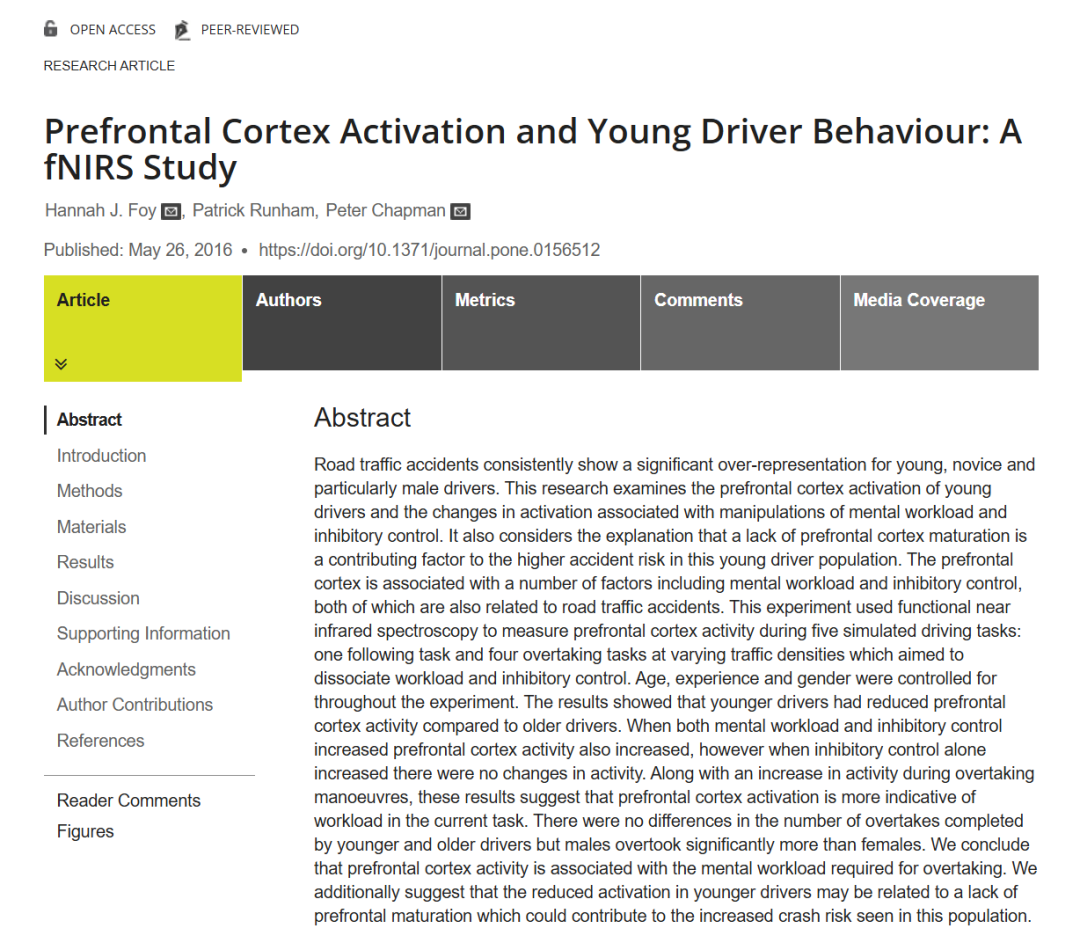


In recent years, data on road traffic accidents have shown that young, novice drivers between the ages of 16 and 24, especially males, are significantly "over-represented" in traffic accidents. Traditionally, this phenomenon has been attributed to inexperience in driving and a tendency towards risk-taking behavior. However, new neuroimaging studies suggest that the level of maturity of the prefrontal cortex (PFC) may be one of the key reasons for the high accident rate in this group.





Background to the study: experience is not the only variable
While it is true that driving experience plays an important role in accident rates, the study found that even when controlling for the driving experience variable, younger drivers still had significantly higher accident rates than older age groups. In addition, male drivers tend to have a higher frequency of risky behaviors such as speeding, forced lane changes, and tailgating. While this has been explained by traditional psychology, the present study further introduces neuroimaging techniques to cut through the analysis from the perspective of functional brain activity.



Study method: prefrontal cortical activity measured using fNIRS
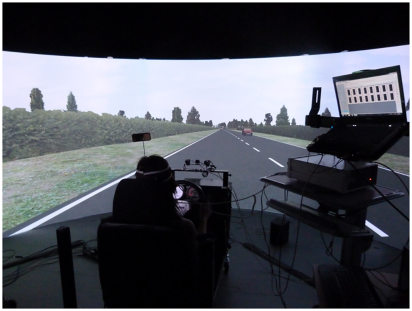


Participants completed five driving simulation tasks:
-1 follow-along task: triggering low levels of cerebral loading and inhibitory control
-4 overtaking tasks in different traffic densities: triggering higher levels of brain load and inhibitory control
-Varying traffic densities: separating workload and inhibitory control (brain load can be maintained because the nature of the task remains the same, but increased traffic volume with fewer overtaking opportunities requires a higher level of inhibitory control to suppress unsafe and impulsive behaviors).
These tasks were used to manipulate two cognitive variables:
Mental Workload: the complexity of the task.
Inhibitory Control: the ability to resist impulses and make safe decisions.



Findings:
Dual assessment by NASA-TLX scale and changes in brain oxyhemoglobin concentration


1. Psychological needs (Mental Demand) There was a task main effect: participants perceived the overtaking task as more cerebrally demanding than the following task.
2. There were significant task main effects, age main effects, and age-experience interaction effects for Inhibitory Control.
Self-control scores were significantly higher among experienced drivers who were older. Although the need for self-control during overtaking rose in all groups, the young experienced group had a very low base value (only 3.13 points for following), suggesting that they severely underestimated the need for risk control in simple tasks, which may be a psychological factor in the high incidence of accidents.
No age differences were found in the novice group, suggesting that lack of experience may mask the effect of age on risk perception.
-fNIRS data analysis
The study found one:Age has a significant impact
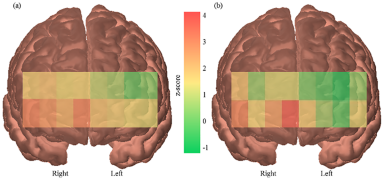


The fact that young drivers did not show significant changes in PFC activity after completing the overtake may reflect the fact that their brains are not yet fully developed.
This also suggests that: lower PFC activity in young drivers may mean that they are less able to process cognitive tasks and have poorer driving skills, thus increasing the risk of accidents.
Although the overtaking task elevated both mental load and inhibitory control, changes in PFC activity were more consistent with changes in mental load; PFC activity did not change significantly when manipulating inhibitory control through traffic density.
Analysis of the overtaking timing data (before, during, and after overtaking) revealed that PFC activity rose during the execution and completion of the overtaking phase, indicating that the brain activity corresponded primarily to operational loads rather than decision inhibition.



Although fNIRS detected age-related differences in PFC activity, participants did not show age or experience differences in their self-reports; younger drivers underestimated task load perception, which may mean that they were not aware of heightened risk even in high-load situations. This is consistent with existing research: novice drivers often overestimate driving ability, underestimate risk, and have poor situational awareness.
Experiments showed significantly higher prefrontal activity on the right side than on the left. This is consistent with the right driver's seat setting: attention needs to be focused more on the left spatial side of the vehicle when performing overtaking; and with previous neuroscience findings suggesting that there is a correspondence between spatial attentional bias and the activation side of the cerebral hemispheres.



Research Implications
Neurodevelopmental factors should be incorporated into the accident risk assessment of young drivers, rather than relying solely on experience or gender. fNIRS has the potential to be used as a future driver load assessment and training feedback tool to detect cognitive overload or executive dysfunction. In addition, the driver training system may be able to introduce a "neural maturity" indicator to help develop more scientifically graded training strategies.



Company Profile



With excellent innovation ability, Hengbest Technology has been awarded many invention patents, software copyrights and registered trademarks, selected in many authoritative lists such as National High-tech Enterprises, and participated in the compilation of national standards and group standards. The company has been serving universities and research institutes for a long time, and has cooperated deeply with many national societies such as the Chinese Society of Ergonomics, the Chinese Psychological Society, the Architectural Society of China, etc. The company organizes and participates in more than 40 academic conferences every year to promote technical exchanges and the development of the industry.
恒挚 Technology upholds the concept of "doing our part for the cause of scientific research", and is committed to becoming a leading scientific research-supporting science and technology enterprise, contributing to the progress of national science and technology and social development, and joining hands with partners from all walks of life to achieve a better future empowered by science and technology.
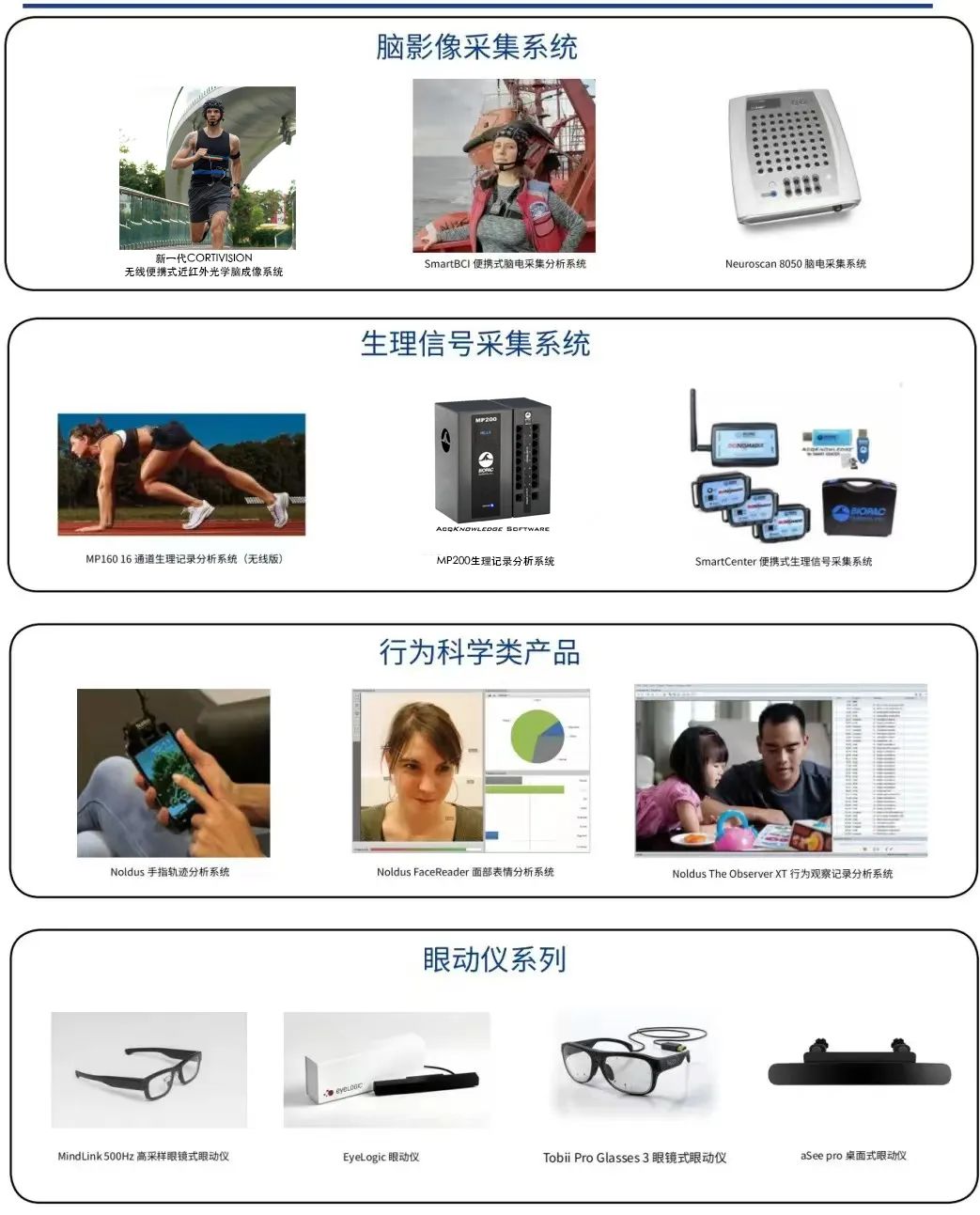


Scan the code to follow us









